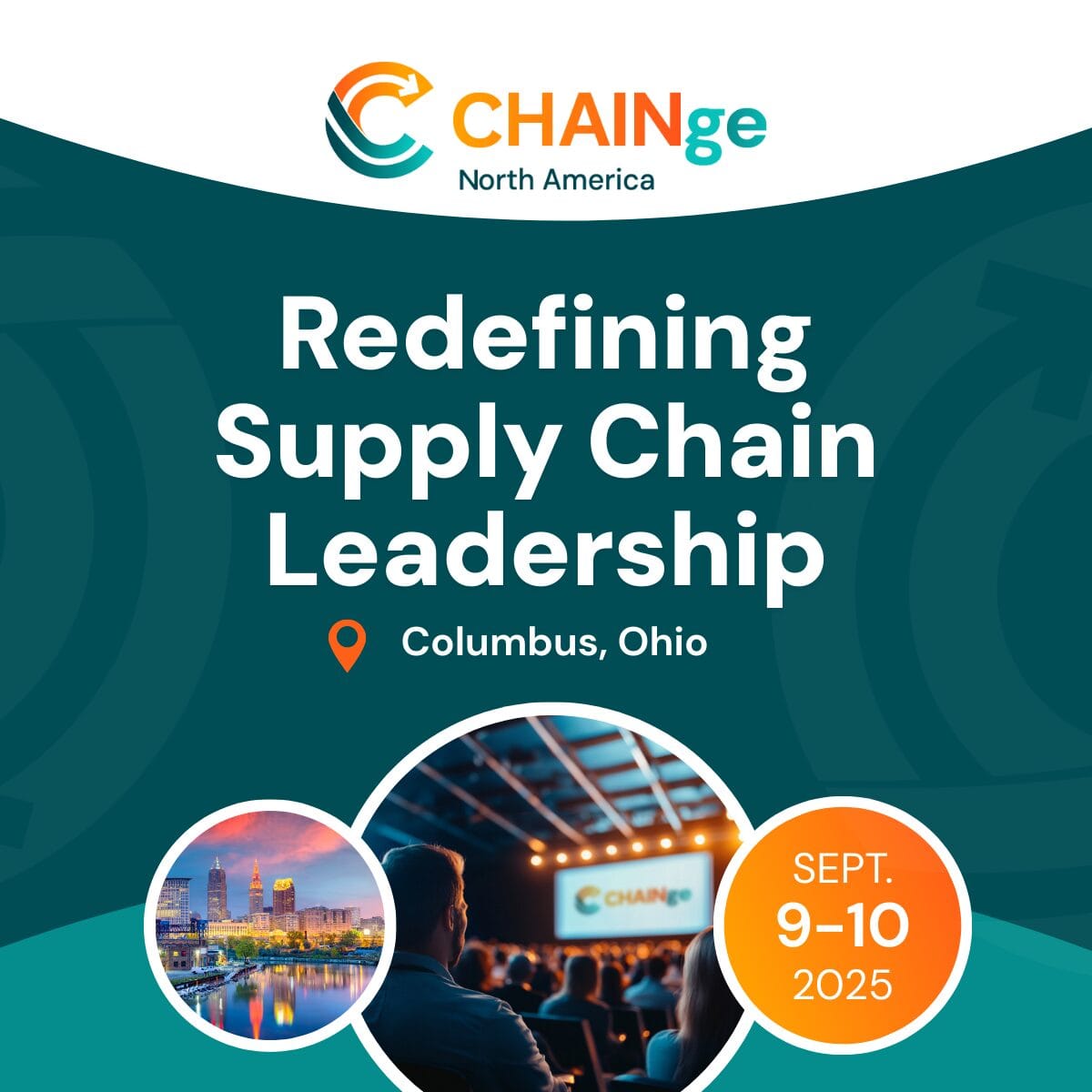Consumers and companies alike are getting more demanding by the day. This puts a strain on supply chains across the globe, as many products and parts are not sourced locally but globally. The vulnerability of global supply chains has become apparent in the last few years. The pandemic has caused problems in many supply chains, and it is still causing disruptions now that China has imposed new lockdowns.
Global warming is also impacting supply chains. The increased focus on sustainability is causing companies to rethink their supply chains. Is sourcing globally still viable? Are there regional or local alternatives? Or is it possible to move goods in a more sustainable way?
Focus on Sustainability
The transportation of freight is responsible for up to a third of the total carbon emissions. No wonder there is an increased emphasis on sustainable transportation. Looking at road transportation, the number of electric trucks on the roads is increasing. Hyundai is banking on Hydrogen as the main sustainable power source for trucks, while other OEMs, like TRATON, have chosen battery-electric drive trains as the way to go for the future.
For ocean freight and air freight, the main focus is on creating cleaner fuels, but both on water and in the air there are developments towards electric engines as well. Cleaner fuel can be applied to diesel-operated freight trains as well. So, across all modalities, there is an increased focus on sustainability. Well… all modalities… the fifth modality is sustainable in and of itself.
The Fifth Modality
In 2013 Elon Musk conceptualised what will become the fifth modality: the Hyperloop. The hyperloop is a concept whereby a pod moves through a tube powered by magnets. The pods levitate in a low-pressure tube, which minimises the air friction.
The Hyperloop is very energy efficient. It uses a tenth of the energy compared to air travel, and it can move with speeds of up to 1000 kilometres per hour!
All across the world companies are working on developing Hyperloop systems. Creating a standard is important, so Hyperloop networks can be interconnected. Especially if you look at Europe it makes more sense to have a network across the continent, than just a few local trajectories.
While the Hyperloop could be used to transport passengers (it was the first thing Elon Musk thought of), it will make a bigger impact on the transportation of goods. The volume of freight that needs to be transported via land will keep increasing in the years to come so the additional capacity of a Hyperloop network will be a welcome addition to the available capacity, more than it will replace road or rail freight. Its speed and flexibility will change the way distribution is organised, and how companies manage inventory. Supply chains and logistics processes will need to be redesigned.
Find Out More! Watch or Listen
UPS has launched an online expo where UPS representatives and external experts share knowledge. They asked me to submit a video on supply chain innovation, and I chose the Hyperloop and its impact on supply chains. You can find my video in the Ideas Exchange in The Hyve.
There is also an episode of the Does Logistics Matter? Podcast about the Hyperloop. You can find that here.

This post is sponsored by UPS






